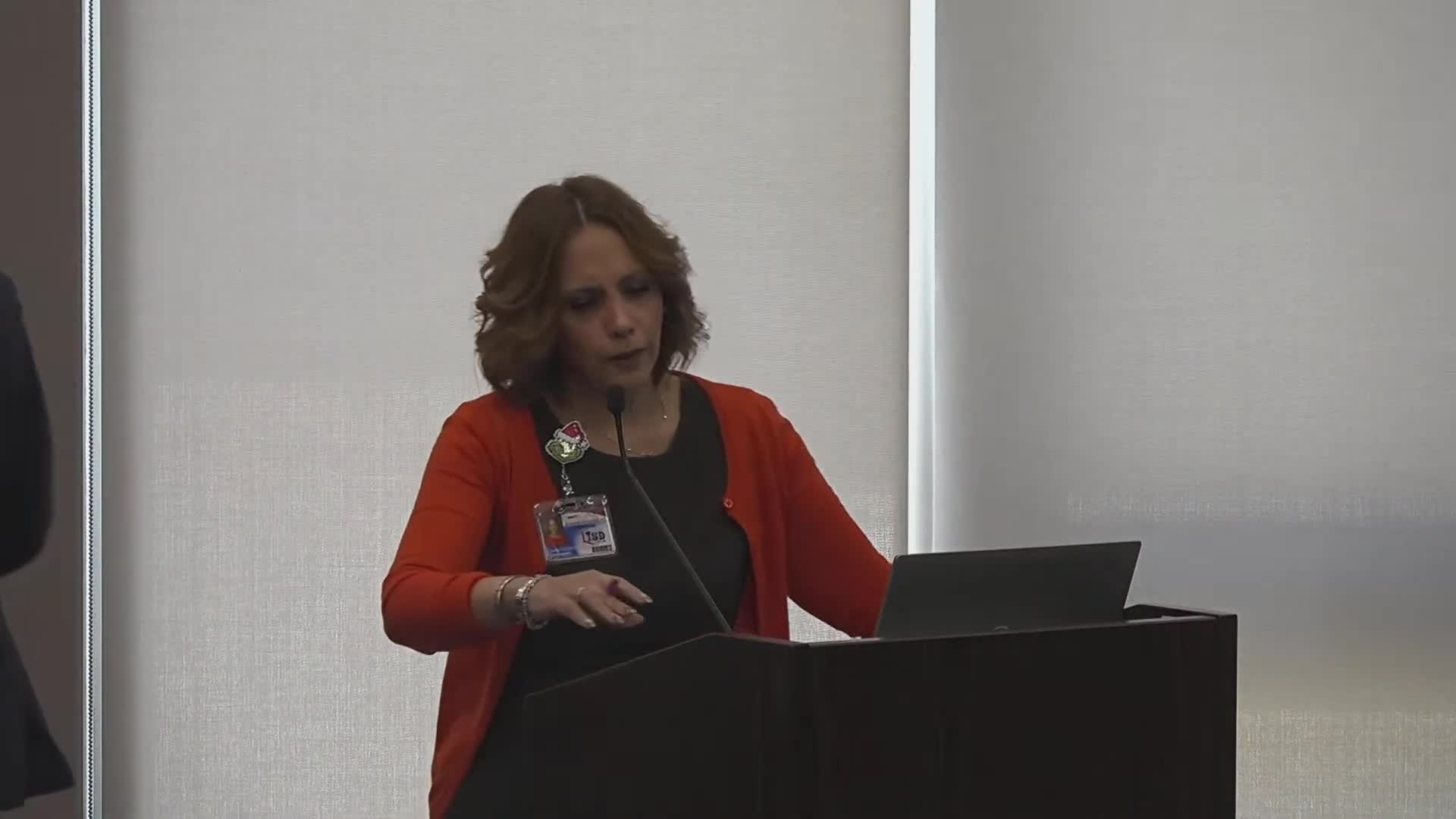Guidance office explains House Bill 1 dual‑enrollment options, scholarship timelines and FAFSA interaction
November 04, 2025 | LAREDO ISD, School Districts, Texas
This article was created by AI summarizing key points discussed. AI makes mistakes, so for full details and context, please refer to the video of the full meeting. Please report any errors so we can fix them. Report an error »

Cindy Dominguez, director of guidance and counseling, briefed the Student Services Committee on Nov. 3 about House Bill 1 dual‑enrollment, specialty‑school pathways and scholarship strategy, emphasizing how the district tracks college‑credit hours and counsels students on transfer and financial‑aid consequences.
Dominguez said House Bill 1 allows students (typically those not in an early‑college academy) to begin dual courses as rising sophomores and that “it ranges between 24 hours and 36 hours.” Specialty schools, which begin dual‑enrollment earlier, offer a larger range of possible college credit that aligns with the associate‑degree pathways the student selects.
Dominguez and trustees reviewed the Texas common core crosswalk that guides course selection (communications, math, life/physical sciences, creative arts) and explained how the district and college partners coordinate to ensure transferability. She also outlined scholarship timing: many university merit deadlines fall in October–December (often Dec. 1), while local scholarships typically have spring deadlines and can be stacked to provide meaningful support.
On FAFSA, Dominguez said the district does not “use FAFSA” to pay for dual courses but noted that FAFSA and federal‑aid counters can be affected by how college hours are reported. A board member said Region 1 advised there is an administrative process for obtaining a waiver so that high‑school dual‑enrollment hours do not automatically count against a student’s federal aid lifetime limits; Dominguez and other staff said counselors track hours and manage the required documentation during transition to college.
Why it matters: Dual enrollment can save students time and money and increase college readiness, but it requires coordinated advising so course choices transfer appropriately and do not unintentionally affect later financial‑aid eligibility. Dominguez urged counselors and families to create scholarship calendars, keep digital copies of essays and to apply for FAFSA as required for many university grants and scholarship processes.
Dominguez said House Bill 1 allows students (typically those not in an early‑college academy) to begin dual courses as rising sophomores and that “it ranges between 24 hours and 36 hours.” Specialty schools, which begin dual‑enrollment earlier, offer a larger range of possible college credit that aligns with the associate‑degree pathways the student selects.
Dominguez and trustees reviewed the Texas common core crosswalk that guides course selection (communications, math, life/physical sciences, creative arts) and explained how the district and college partners coordinate to ensure transferability. She also outlined scholarship timing: many university merit deadlines fall in October–December (often Dec. 1), while local scholarships typically have spring deadlines and can be stacked to provide meaningful support.
On FAFSA, Dominguez said the district does not “use FAFSA” to pay for dual courses but noted that FAFSA and federal‑aid counters can be affected by how college hours are reported. A board member said Region 1 advised there is an administrative process for obtaining a waiver so that high‑school dual‑enrollment hours do not automatically count against a student’s federal aid lifetime limits; Dominguez and other staff said counselors track hours and manage the required documentation during transition to college.
Why it matters: Dual enrollment can save students time and money and increase college readiness, but it requires coordinated advising so course choices transfer appropriately and do not unintentionally affect later financial‑aid eligibility. Dominguez urged counselors and families to create scholarship calendars, keep digital copies of essays and to apply for FAFSA as required for many university grants and scholarship processes.
View full meeting
This article is based on a recent meeting—watch the full video and explore the complete transcript for deeper insights into the discussion.
View full meeting
